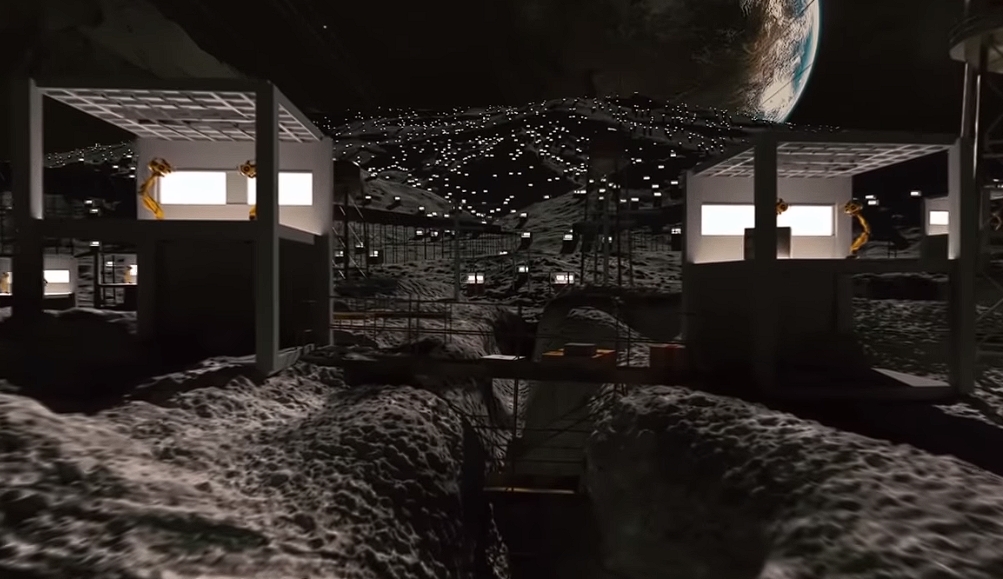In 1963, in the midst of the Cold War, Moscow was abuzz with intrigue and scientific curiosity. The world was still recovering from the shockwaves of the Space Race, and the possibilities of what lay beyond our planet were the subject of intense speculation.
It was in this climate that the renowned physicist Nikolai Kardashev embarked on a journey that would change our perspective on the universe forever.
Kardashev’s quest was triggered by an enigmatic radio emission originating from a distant quasar named CTA 102. This event marked the first official Soviet foray into the exploration of extraterrestrial intelligence.
The physicist, however, saw more than just a mysterious signal; he glimpsed the tantalizing possibility of advanced alien civilizations existing far beyond our comprehension.
This revelation led Kardashev to introduce the world to his groundbreaking concept—the Kardashev Scale. It was a classification system that categorized civilizations into three distinct levels based on their mastery of energy.

At the lowest rung, there was the Type 1 civilization, endowed with the power to control the very forces of their home planet. Imagine manipulating weather, earthquakes, and volcanoes at will; this was the domain of a Type 1 civilization.
Taking a step up the ladder, we encounter the Type 2 civilization, one that has harnessed the energy of a star. Inhabitants of such a civilization could conceivably colonize neighboring planets, echoing the utopian ideals of the Federation of Planets depicted in a certain beloved science fiction series. It’s a realm where humankind could potentially thrive, free from the shackles of a single planet.
Yet, the most awe-inspiring tier of Kardashev’s scale is the Type 3 civilization. These beings are not bound by the constraints of a single star system; they roam the vast expanse of the galaxy itself.
Their energy mastery extends to the manipulation of black holes, a power reminiscent of the formidable Empire in a galaxy far, far away.
Now, where do we stand on this cosmic scale? We, the inhabitants of Earth, find ourselves classified as Type 0. Our primary energy source remains the remnants of ancient plant matter buried deep within the Earth.
We are still in our cosmic infancy, tethered to our home planet with much to learn about the universe that surrounds us.
However, this is where it gets intriguing. Some skeptics dismiss the notion of extraterrestrial contact, arguing that the vast distances between stars make such encounters practically impossible.
But here’s the catch—this skepticism is grounded in the assumption that potential extraterrestrial civilizations are merely Type 1, akin to us.
What if, however, they are thousands or even hundreds of thousands of years ahead of us on the Kardashev Scale? When you reach the echelons of Type 2 and Type 3, the rules of physics as we know them begin to blur and expand.
The barriers of distance and the limitations of our current understanding of the universe may no longer apply.
In essence, the Kardashev Scale invites us to ponder the grand possibilities of advanced extraterrestrial civilizations. It beckons us to cast aside our doubts and embrace the potential for a new era in our exploration of the cosmos.
The humbugs and naysayers may need to reevaluate their stance, for when confronted with civilizations far more advanced, our understanding of the universe might undergo a radical transformation.
Video:
As we continue to peer into the depths of space, we may one day find ourselves face to face with the enigma of beings who have unlocked the secrets of the universe. Until that moment arrives, we must remain open to the cosmic possibilities hinted at by the Kardashev Scale, for in the vast expanse of the cosmos, the greatest mysteries are yet to be unveiled.

16 thoughts on “Exploring the Cosmic Possibilities: The Kardashev Scale and the Search for Extraterrestrial Intelligence”
Comments are closed.